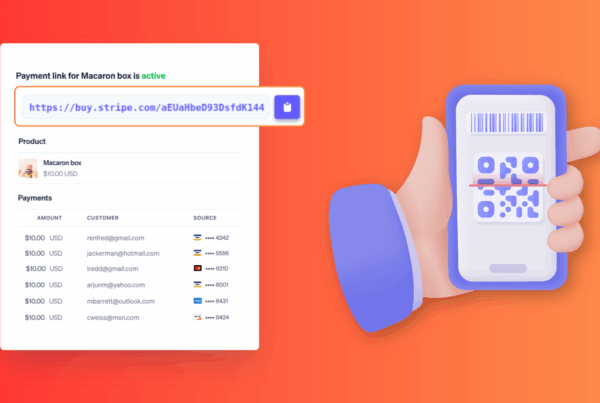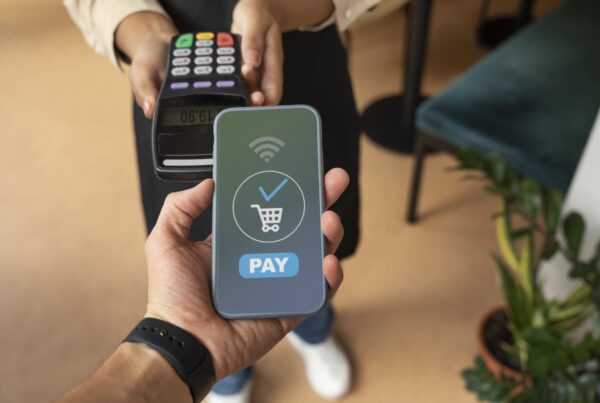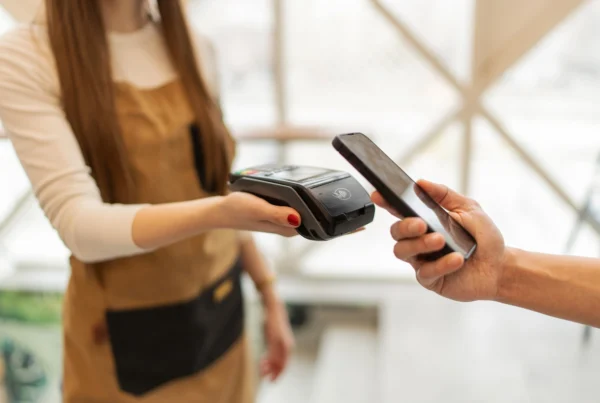As far as we know, local shopping has become a new century trend which has driven the market behavior significantly. Besides, with the long-term impact of COVID-19 pandemic, going online is a necessary action for any local business if they don’t want to be dragged behind. Therefore, businesses have to find suitable strategies to adapt and boost their performance to take advantage of these new market requirements. In this article, we’re going to discover more about Google – a useful tool for retailers to stay ahead of the competitive local market.
Google Search Engine Optimization (Local SEO)
The most popular way of going online to generate more sales is creating your own online website where people can see your products and services easily from anywhere, anytime. However, it is not that easy when there are millions of online websites or businesses with similar products and services.
So, how to make your website be the first option that the customer can see when they look for the local products? That is when we have to use SEO to drive the traffic to the website through Google Search. In other words, SEO is a practice of increasing traffic to the website through a search engine which is mentioned here – Google.
To make your site more attractive, here are some ways to get it done:
- A SEO-friendly site: The website’s domain name should be short and easy to recognize, type, and read. The easier people can read the domain names, the better it is for the search engine.
- SEO standard content: The content of a page is really important to the search engine because it is what the customer searches for and the reason the customer comes to see. Good content must satisfy two criteria. The first one is that it must supply a demand which means there is a huge demand for what is included in the content. The second criteria are that it must be linkable. If people can not link to it, it is difficult for the search engines to rank it, and as a result, the content won’t drive traffic to the website.
- On-site topics: It helps users and search engines quickly understand your business and whether it belongs to a search query. It is a practice of optimizing the elements in the website to be ranked higher and drive more traffic.
- Link-related topics: It is a way for the customer to navigate between online pages. Search engines use links to crawl the website. They will crawl the links between the website’s individual pages as well as the links between different websites.
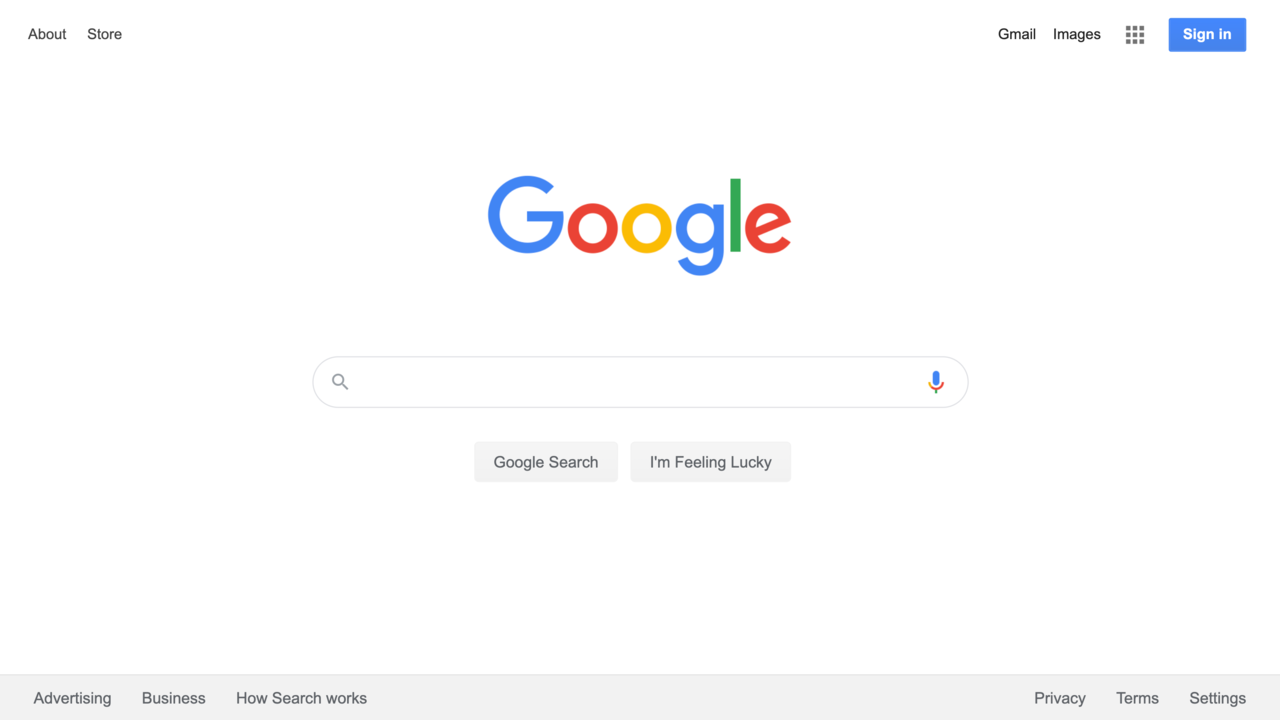
Google My Business
Besides creating your own online website with SEO standards, the very essential step to growing local sales with Google is creating a business profile on Google. You have to include all your contact information, such as an address, phone number, hours, directions, and link to the website. Photos are also important because businesses with photos have 35% more clicks to the website and 42% higher requests for driving directions on Google maps following information provided by Google. All of that information will appear on the right of Google search screen when a customer makes a search, so it has to be accurate, complete, and optimized.
For example, Coca-cola is a famous soft drink brand, and here is what appears on Google when searching for Coca-cola.

Customers can see all necessary details about the brand on the right side and can easily find the nearest local stores where they can go to buy the products. This is a very convenient and effective way for local businesses.
After being listed on Google, several tools from Google can help local businesses increase sales if you know how to use them.
Google Ads
Google Ads is a tool by Google that gives businesses more options to advertise their products and business on Google by paying some ads fee, normally pay per click. It is considered a powerful marketing platform. Business owners can promote advertising to users who are searching for specific keywords and within a specific location as well as which users match with particular criteria.
Google local inventory ads are specific tools for local businesses which show local products searches and drive in-store traffic. It also gives you a chance to reach local customers by showcasing products available in your stores on Google.
The retailers need to go through the following steps:
- Set up accounts: Besides Google My Business account, Google Ads account, retailers must create a Merchant Center account
- Enable Local inventory Ads in Merchant center
- Create your shopping and local product feeds
- Register and submit inventory verification
- Apply your local inventory ads to your shopping campaigns
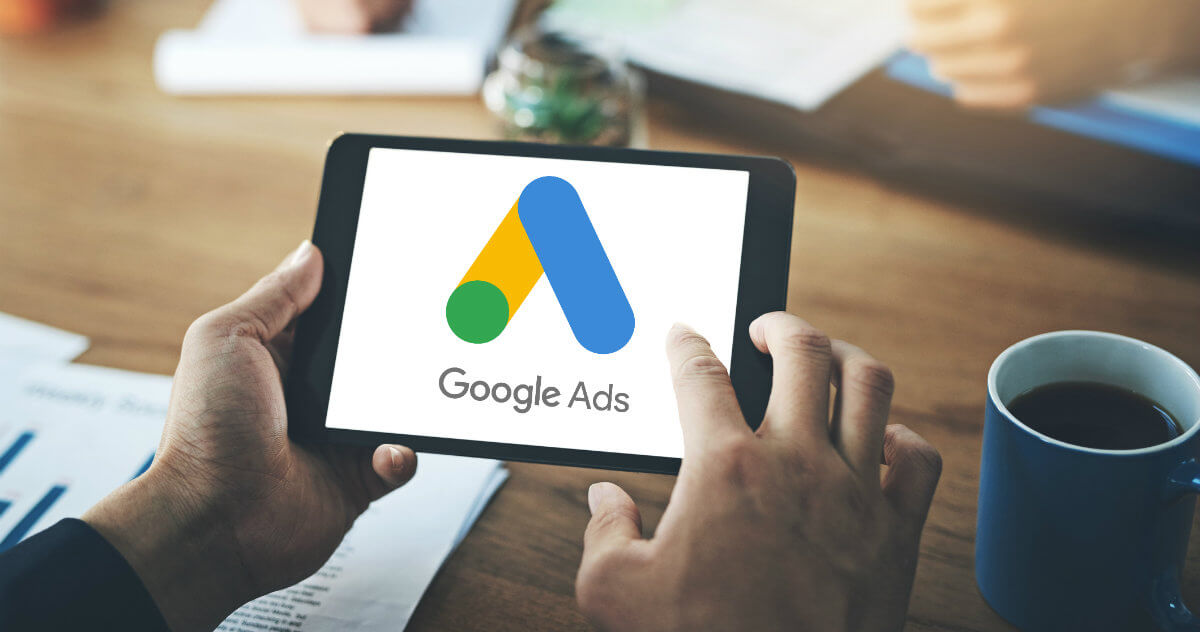
Google Maps
As mentioned above, customers use Google Maps to find local businesses which provide specific services. Besides, customers also can see reviews, photos about your local stores. It is quite simple to create your local store address in Google Maps.
- First step: Go to Google Maps official website and then type your local store’s address in Google map search, then choose “add your business”. If it is not available, click “add a missing place”.
- Second step: Add your location, name and other needed categories then click “Send”.
Pointy from Google
Pointy is a website linked to Google that helps customers find local stores to buy their needed products. Customers can easily check the store’s address, store’s product list and remaining inventory.
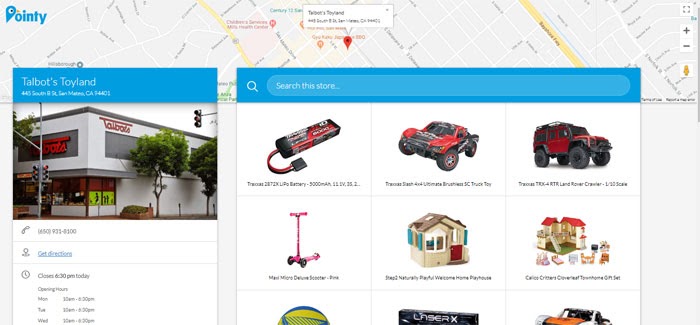
It also helps local retailers a lot since they can simply list their products to Google surface through Pointy by scanning barcodes and managing their up-to-date inventory online. So all the products and store information will also appear in Google’s search results.
You just need to go to the Pointy main website, create your business account and follow what is mentioned on the website. In addition, prepare a scanning machine that is connected to your POS system to scan the product’s code.
Some local retailers choose Pointy as their main website to display their products, some have it as an additional profile but in general, it is a unique and effective tool that local businesses may consider.
Google Alert
Google Alert is a tool that will help to notify you through Google whenever there is anyone mentioning your business or your set keywords. The main purpose is for you to monitor what is said about you and your brand on Google, so you can take leading action to prevent bad results.
It is very easy to set up once you already have your google account. Just go to the official google alert website then type the word or topic you want to monitor, choose other criteria following your needs and then create an alert.
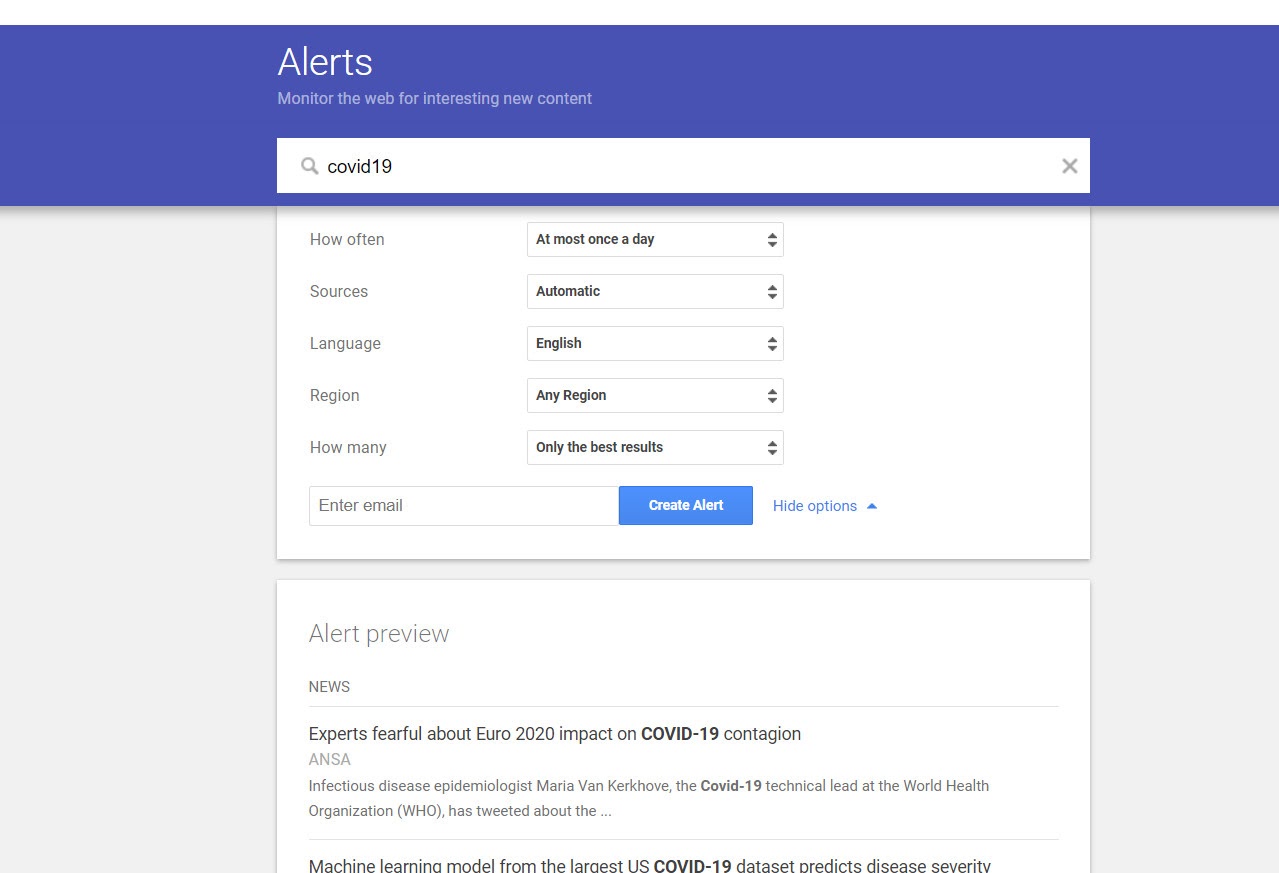
Google Review
After purchasing from your shop or using your local products, customers normally want to make some comments and reviews about your local business. This has a great impact on the business because new customers can read those reviews, look at those photos to consider whether to use your products or services or not.
According to BrightLocal, 86% of consumers may read reviews for local businesses and 78% of consumers trust online reviews as much as personal recommendations.
There are 4 criteria affecting customer’s evaluation of your business. Those are the number of reviews, the review ratings, timing of reviews, and the activity level of reviews. Based on those factors, customers can decide whether your business is their next option or not. To get customers’ reviews, you have to remind customers by creating or leaving a link that they can easily go to and make a review. In addition, you have to reply to those comments frequently to encourage them to comment more in the future so that more people will know about your businesses.
Conclusion
In general, making your offline local stores running online effectively needs a lot of effort and strategies. There are several ways that local businesses can increase sales by taking advantage of Google. However, a system that can help local retailers connect and manage both in-store and online inventory as well as take all advantages that Google can bring is really necessary. Currently, there are some POS systems that can do that very well, Magestore is an example. It is an omnichannel POS system that is connected with Pointy (an app that helps promote offline local stores to Google online), retailers now can manage in-store product lists and online products sales easily just through an all-in-one POS system.





